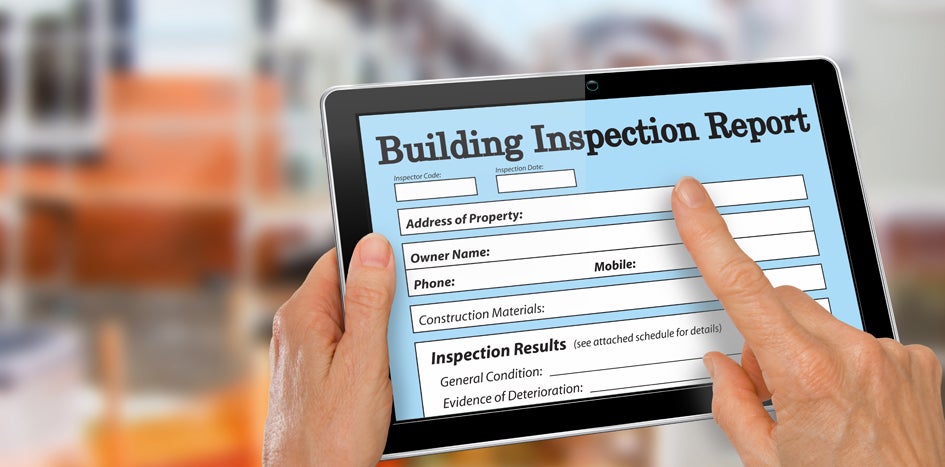Test Your Schools’ Drinking Water for Lead at No Cost
Some risks are easy to spot. Think cluttered walkways, broken ladders, and frayed electrical cords, for example. Other risks escape all five senses, making them harder to uncover but equally important to manage.
Consider lead, a colorless, odorless, tasteless metal that can enter school drinking water and harm people. Testing is the only way to detect its presence and protect your staff and students.
The Texas Commission on Environmental Quality offers a free Lead Testing in School and Child Care Drinking Water Program. Watch the 30-minute recorded webinar below and learn how to take advantage of the program.
As a precursor, here are five things you should know about lead in drinking water:
- There is no safe level of lead for children, according to the Environmental Protection Agency. Even at low levels, lead can contribute to behavior and learning problems, lower IQ and hyperactivity, slowed growth, hearing problems, and anemia. In rare cases, ingestion of lead can cause seizures, coma and even death.
- Lead typically enters drinking water through corroded plumbing products such as pipes, solder, and fixtures that contain lead.
- The risk of lead and other metals increases during extended school closures, when plumbing becomes stagnant.
- Lead levels can vary between outlets. It is important to test all sinks, drinking fountains, and fixtures used for drinking, brushing teeth, or preparing food.
- If a test result is 15 ppb (parts per billion) or higher, the outlet should not be used for drinking or cooking. Only 2% of the 28,000-plus samples collected through the program have registered lead levels at or above the 15 ppb action level.
Risk Solutions Staff
The TASB risk solutions team includes risk solutions consultants and communications professionals who deliver training, consultations, articles, and resources that help Fund members control losses and their associated costs.
You May Also Like…
View All Related Insights
Extreme Weather, Inflation Create Challenging Property Market
The increased frequency of natural disasters is creating a hard property market, making it challenging when going out to bid or renew.

Are Scented Products Safe to Use in Schools?
Scented oils and similar products can compromise health and spark fires. Read our guidance to a Fund member who asked how to manage the risks.

Can You Afford Not to Invest in Preventative Roof Maintenance?
Investing in preventative maintenance can help schools reduce the risk of unbudgeted, costly repairs and replacements.

5 Factors to Consider Before Investing in Electric Vehicles
If you’re looking to go electric with your school bus fleet, do your homework not only on buses but also everything that goes into keeping them road ready.
